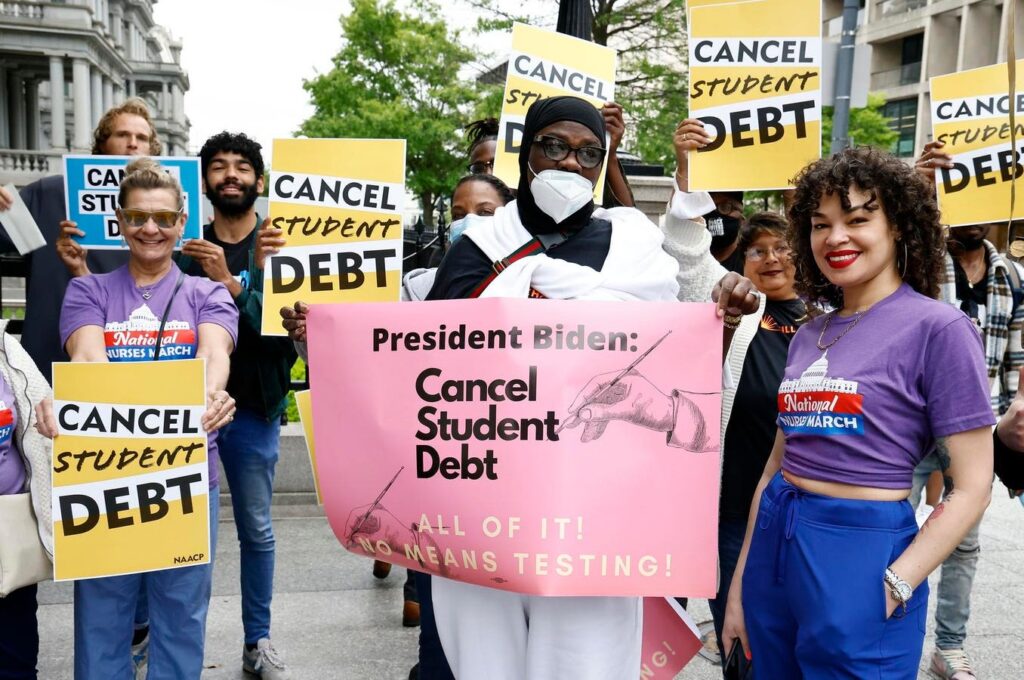The House passed its budget for fiscal year 2025, which runs through September of this year. It will include large tax cuts, higher border and defense spending, and significant deficit reduction measures as Roll Call reported.
Student loans and the new House proposed budget.
One part of the House proposed budget — which still must be negotiated against the Senate version and isn’t guaranteed to be in the final budget — is a restructuring of the student loan program. Some of the proposals will be extremely unpopular.
“We really see this as an attack on students and working families with student loan debt,” Aissa Canchola Bañez, policy director for Student Borrower Protection Center, told The Hill. We’ve seen an array of really problematic proposals that are on the table for congressional Republicans.”
As has been true of many Republican policies, this would look to undo major policies of the Biden administration. Student loan forgiveness is gone and won’t return unless there’s a major change in the balance of power between the two major political parties.
The Saving on Valuable Education income-driven repayment plan (IDR) that lowered student payments was blocked by the 8th U.S. Circuit Court of Appeals in answer to a lawsuit by seven Republican-led states, as The Hill separately reported.
The Republican plan reportedly would permanently end the program, which could push borrower payments to as low as $0 a month. Instead, it would offer a pair of IDR plans. An analysis by The Institute For College Access & Success estimates that the average-income borrower with a recent bachelor’s degree would see payments increase by $193 a month, from $95 to $288. They say that a borrower with a $30,000 annual income would have less than$700 a month in discretionary income. That person would have to pay at least $54 a month.
How tuition became so unaffordable.
To understand the modern cost of higher education, as with so many widespread financial difficulties, you need to go back to the mid-1980s. Before then, companies split the results of productivity gains with workers. Median household incomes followed inflation rates. That wouldn’t get anyone rich, but it kept up with the cost of living.
After, workers below the top third or so of the top socioeconomic status were increasingly left behind. In some areas — housing, childcare, education, and healthcare, to name some common needs in life — costs raced ahead even faster than general costs.
The graph below comes from federal government data through the Federal Reserve Bank of St. Louis. The solid blue line is the consumer price index for all urban consumers for education. The dotted green line is the indexed median household income adjusted for inflation.
Many older people point to past tuition and other school costs and ask why younger generations don’t step up and pay their bills. Such critics likely never considered the growing gap between educational costs and median incomes.
Most families don’t make nearly enough to pay for college. There is financial aid, but it has limitations and is often insufficient. Families are left to close a calculated difference that can easily be out of reach, which is why loans become so important. Students take them out and so do their families.
Until the House and Senate confer and negotiate a single bill, which President Donald Trump is likely to sign, the ultimate outcome won’t be known.
Read the full article here

